Price:₹68,000.00
Audens Col: 3 Pass Expedition in Uttarakhand
Description
Audens Col
The Col is about 5400 meters high. It connects two glaciers: the Khatling Glacier and the Jogin-I glacier.Auden’s Col trek begins from Gangotri. From there, one can follow the Auden’s Col and Khatling Glacier route to reach Kedarnath. The name of the Auden’s Col comes from J. B. Auden (brother of Anglo-American poet W.H. Auden), who first crossed it in 1939-40.
Audens Col:
3 Pass Expedition in Uttarakhand
The summit is at 5490 m altitude, and it connects the ridge coming from Gangotri III (6580 m) peak on the north-west and the ridge coming from Jogin I (6465 m) on the east and also binds a glacier coming from Jogin I on the north side of Rudugaira valley, and infamous Khatling glacier on the south side of Bhilangna valley.
Audens Col:
3 Pass Expedition in Uttarakhand
A permit is mandated by the local administration of Uttarkashi for all trek and adventure operators. Entry into Gangotri National Park is allowed only if one has a copy of the entry permit authorized by the office of the director of Gangotri National Park at Uttarkashi. Our Auden’s Col trek cost includes charges incurred to obtain the permits.
Route from Gangotri to Kedarnath (via Audens Col)
First, we would take a side trip to visit Kedartal at a height of 4,780 meters. Then we would climb atop Patangani Dhar (4,900 meters) to get down into Rudragaira valley which provides access to Auden’s Col. Auden’s Col, at 5490 meters above the sea level, is nestled between Gangotri and Jogin mountain ranges.
| INCLUDED |
|
||||||||||||
| NOT INCLUDED |
|
Permit for Audens Col
Permit for Audens Col
A permit is mandated by the local administration of Uttarkashi for all trek and adventure operators. Entry into Gangotri National Park is allowed only if one has a copy of the entry permit authorized by the office of the director of Gangotri National Park at Uttarkashi. Our Auden’s Col trek cost includes charges incurred to obtain the permits.
Itinerary
Day 1: Reach Gangotri (2940 m). Acclimatization trek, visit the temple.
Day 2: Trek to Bhoj Kharak (3415 m).
Day 3: Trek to Kedar Kharak (4270 m).
Day 4: Trek to Kedar Tal (4760 m) and back to Kedar Kharak.
Day 5: Trek to Patangini Dhar base campsite (4540 m).
Day 6: Cross Patangini Dhar (5085 m) and reach Dhabba Camp Site (4685 m) in Rudugaira valley.
Day 7: Trek to Rudugaira / Auden’s Col Advanced Base Camp (4975 m).
Day 8: Cross Auden’s Col (5490 m), walk across Khatling glacier, and reach Khatling Glacier campsite (4970 m).
Day 9: Trek the rest at the Khatling Glacier campsite, cross the waterfall stretch (4300 m), and reach Khatling Base camp (3765 m)
Day 10: Cross Bhilangna river (3480 m), and reach Chowki campsite (3630 m).
Day 11: Trek to Masar Tal (4550 m).
Day 12: Trek to Masar Top (4695 m), Cross Mayali Pass (4990 m) and camp (4335 m) near Vasuki Tal.
Day 13: Trek Vasuki Tal (4210 m), trek to Vasuki Top (4480m), and descend to Kedarnath (3530 m).
Day 14: Buffer day. It is mandatory to have this extra day as any bad weather or rain will delay your pass crossing. In case we use the buffer day, the trekkers will have to pay an additional charge.
FAQ's
-
Our guides are certified and have been trekking the Himalayas since their school days (all are local guides). They are well equipped and well versed with the terrain, route, the people and local culture.
-
Our guides are certified and have been trekking the Himalayas since their school days (all are local guides). They are well equipped and well versed with the terrain, route, the people and local culture.
-
When it comes to packing for a trek in an efficient way so that you have maximum flexibility with minimum weight, we advise trekkers to pack only what it essentially needed. Packing things that are not required will overburden porters & mules and hamper the probability of competing a high altitude trek like Lamkhaga.
-
When it comes to packing for a trek in an efficient way so that you have maximum flexibility with minimum weight, we advise trekkers to pack only what it essentially needed. Packing things that are not required will overburden porters & mules and hamper the probability of competing a high altitude trek like Lamkhaga.
-
We have a camp crew who set up the tents and also take care of the cooking and clearing up the trash.
-
Our trek leader is going to carry a first aid kit. We recommend that you bring a small personal kit of your own to deal with any bruises, scrapes or blisters that you may pick up along the way. The more difficult a trek is, the more exhaustive your personal first aid kit should be.
-
Generally, it is not required. The water from mountain streams is already purified and much better than the tap water you get in cities. You can carry a filter-fitted water bottle like Lifestraw Go Reusable Personal Filter Water Bottle.
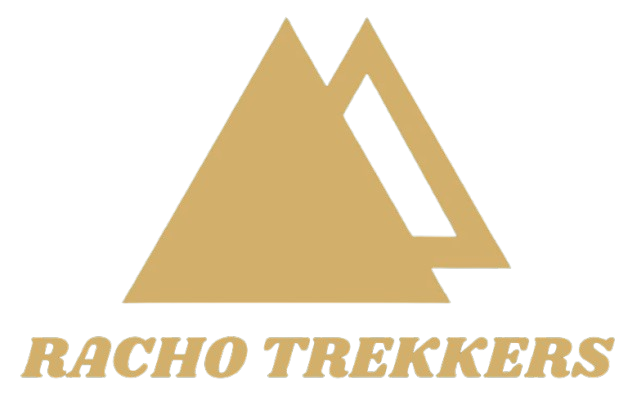
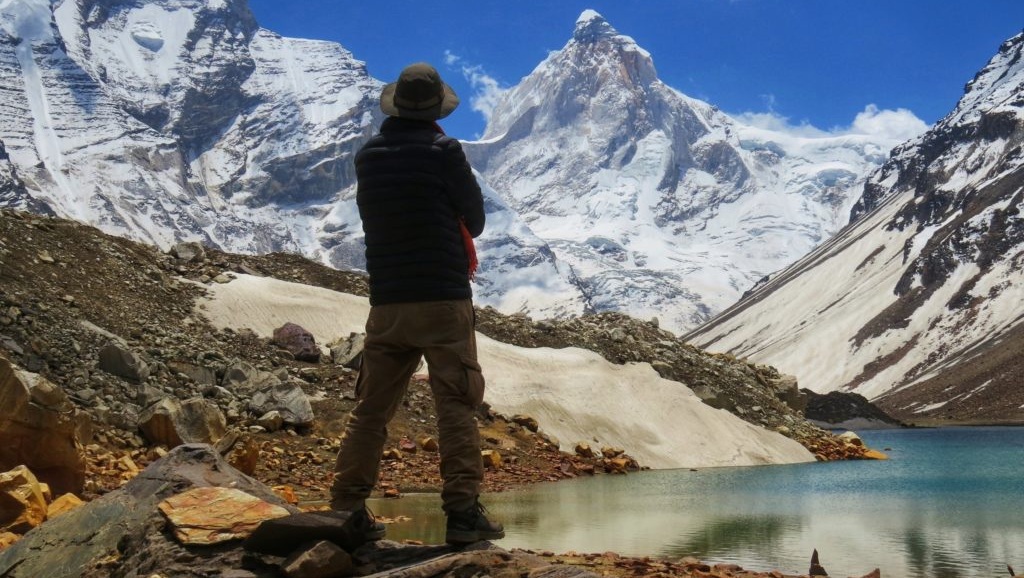

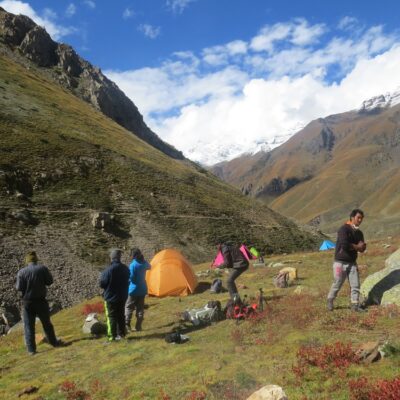
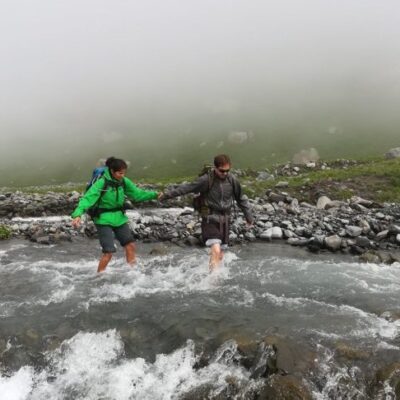
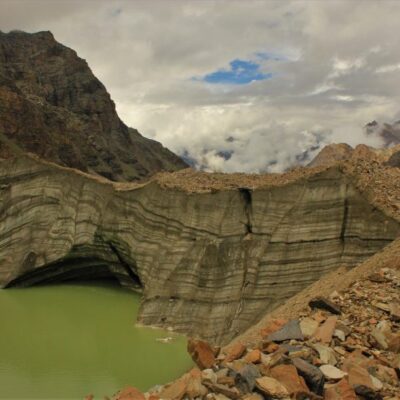

physcode –
Mattis interdum nunc massa. Velit. Nonummy penatibus luctus